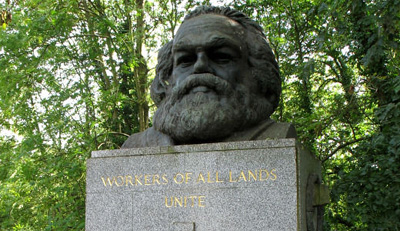
1. Although Americans have long been taught that they live in a two party “middle class society”, the first labor parties in the world were founded in
c New York and Philadelphia in the 1830s.
2. As the industrial labor movement developed in the later 19th century, conditions in the U.S. were different than in many European countries because
d Capitalists could and did use racism, ethnic divisions, industrial espionage, private detective agencies, and military and police forces to subvert unions and break strikes.
3. During the great labor upsurge of the 1930s and 1940s, the working class in the United States won its greatest victories in terms of national legislation and policy. Which one of these major pieces of legislation in the period was not a victory for labor
c The Taft Hartley Act;
4. Communist trade unionists were different than many others in the trade union movement because
d All of the above.
5. The long-term effects of the purges of Communist trade unionists and their allies after World War II, defined as the “defense of democracy” against “totalitarianism” can be seen in
d The decline in the number of unionized private sector workers from around 35% before the purges to less than 10% today, along with the loss of millions of jobs, and the increase in income and assets inequality for the American people, along with the evisceration of the pre 1980 social safety net.
Score:
All correct: you have mastered the basics.
Four correct: you’re on the right course: study harder.
Three correct: deviations evident: you need to attend Party school!
Two correct: you’ve on your way to join the tea party.
One to zero correct: you’re lost in the marsh: read Labor’s Untold Story: call us on Tuesday.


 Join Now
Join Now